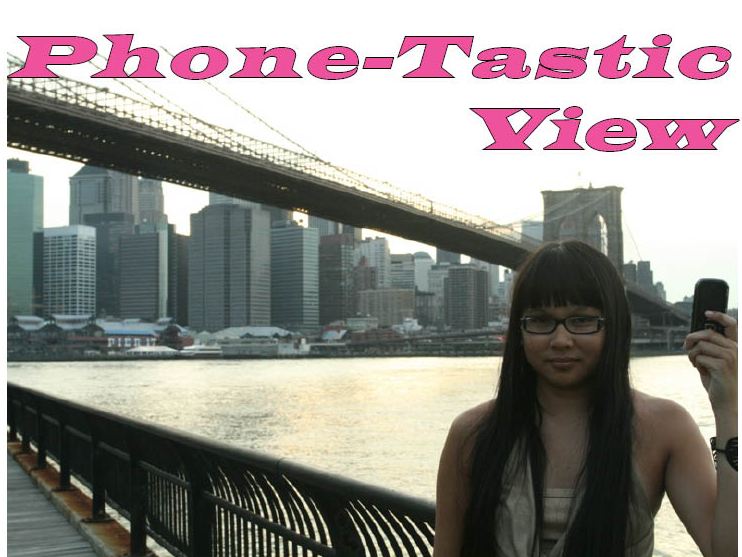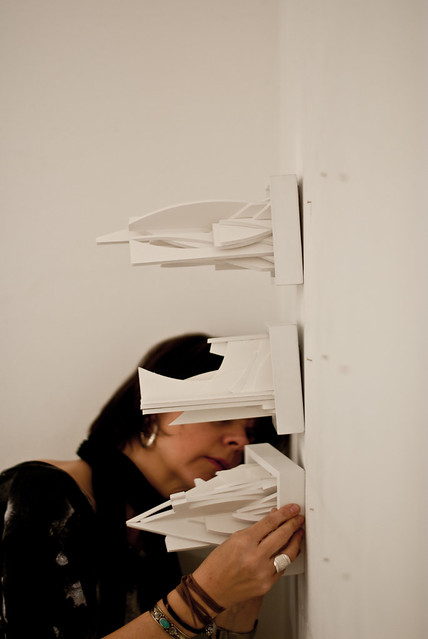
My sister has worked for 3 years on a body of work – almost every Saturday afternoon and one day a week – which is currently being exhibited at fortyfivedownstairs.
I admire my sister’s talent, dedication and intelligence as an artist. She has what I have described in my previous post a positive obsession, an obsession which tunnels through to a truth which is unique to her vision. I happen to think that what is created from this kind of obsession is worth contemplating.
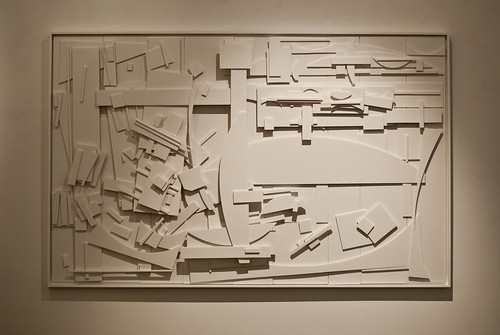
I am not in any way educated in art, and so my response and interpretation of any work of art remains personal, even ridiculous perhaps. Still, I’d like to attempt to express in words my uneducated understanding of her pieces.
Here is the gallery’s biography and description for Lena Torikov:
The works in Subtractions explore the possibility of tension and space within a three dimensional surface; although Torikov is trained as a painter, her current work replaces traditional subject matter and colour with an abstract composition of white shapes. Foamcore has replaced linen and brushes have been exchanged for a sharp knife.
Subtractions are works experimenting with surfaces to build city-like constructions and slices of landscapes based on memory and the impact the immediate environment has on us.

One thing I know about Lena’s work is that it evolves from a tireless, disciplined and critical process. Her focus is far from superficial and never flighty. This is the obsessive aspect; she will not grab at any idea until she has worked through relentlessly to what she sees as completion and only then will she move on. I admire this ability to maintain focus because I shift with the wind and run after anything that moves.
It’s interesting but not unusual that Lena has evolved from paint, colour, representative art to some degree, to 3-dimensional work, in this case all white, concentrating on form and space. I’m not sure what she would say about my understanding of her work because she has been relunctant to talk about what her art means or what it’s trying to do, at least to me. The only thing I remember her saying is that she likes to focus on the space between the forms. I’m not sure if I’ve understood this correctly but, to me, she seems to be paring down representational image (isn’t any image a representation of some sort?) to a purer form. Without the distraction of colour variation, dependence on the replication of identified forms, her art is playing with the mathematics of form, spaces and the relationship between these.
What happens when you add this shape, this line? And what if it’s smaller, larger? Why don’t we extend these forms out into space and take the equation even further? Further still when we observe the changing light transform the work; the shadows cast on the wall around the work, shorter or longer, first this way, then that. Follow the movement created within the frame of the piece, enjoy the contrast between empty space and overcrowdedness.
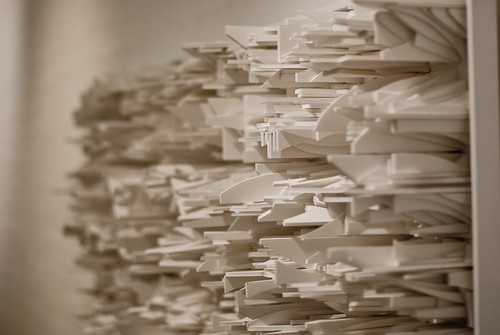
Conceptual work is how I interpret this art. A thinking person drilling down to deeper truths. Not always entirely serious, Lena throws light-hearted allusions into the mix – maybe because the tension is too much even for her, but probably for an entirely different reason.
In the case of one of her works in this exhibition, there is an obvious reference to the Sydney Harbour – yes, the works are quite ‘architectural’ – but then our perception of this is shaken up again. The whole thing is turned around so that, if we insist on viewing the recognisable landmark, we have to turn our head sideways and bend down at a 90 degree angle. We are forced to adapt to a changed view, or be very uncomfortable if we insist on seeing it in a familiar way.
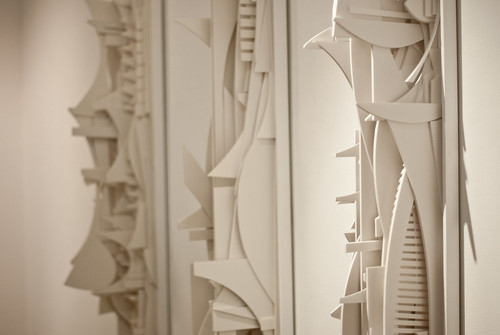
For me – and I love good representational art – Lena’s mental activity within the abstract genre produces an image which I don’t easily tire of. So much art is instantly attractive but quickly become boring. These pieces are like puzzles – not to be solved but offering new ideas. Not disturbing in a way you would expect disturbing to be, but unsettling in a challenging way.
And I hope she won’t find it offensive if I say that she still produces beautiful lines, pleasing shapes, perfect relationships in between. I’m not sure if it’s beauty she is aiming to produce, but the works are very beautiful.
There is variety in the selection of pieces exhibited – in size and complexity – and the viewer is treated to just the right amount of it. As a whole, the selection fits together into a larger puzzle.
Unlike James Yuncken’s lovely paintings of his trip to Cape York, a pictorial journey capturing the feel of the landscape and tones of the land and sky, Lena’s art is a carefully orchestrated collection of symbols. James’ selection could easily be extended with more pictures, like photos, of his trip. Lena’s collection can hold no more; she has said all she has to say.
I wonder what kind of person would appreciate this conceptual art. It’s definitely not the kind of art which warms the heart because it reminds you of a place you’ve been; it’s more like the kind of art that takes you where you might not have been, or haven’t stayed so as to pause and reflect.
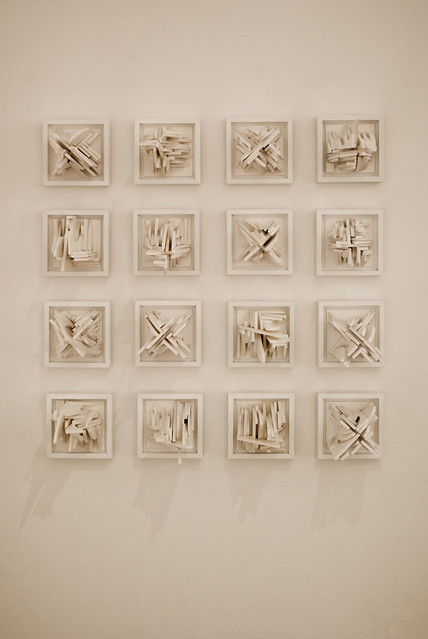
Photos by Alexander Sheko.

